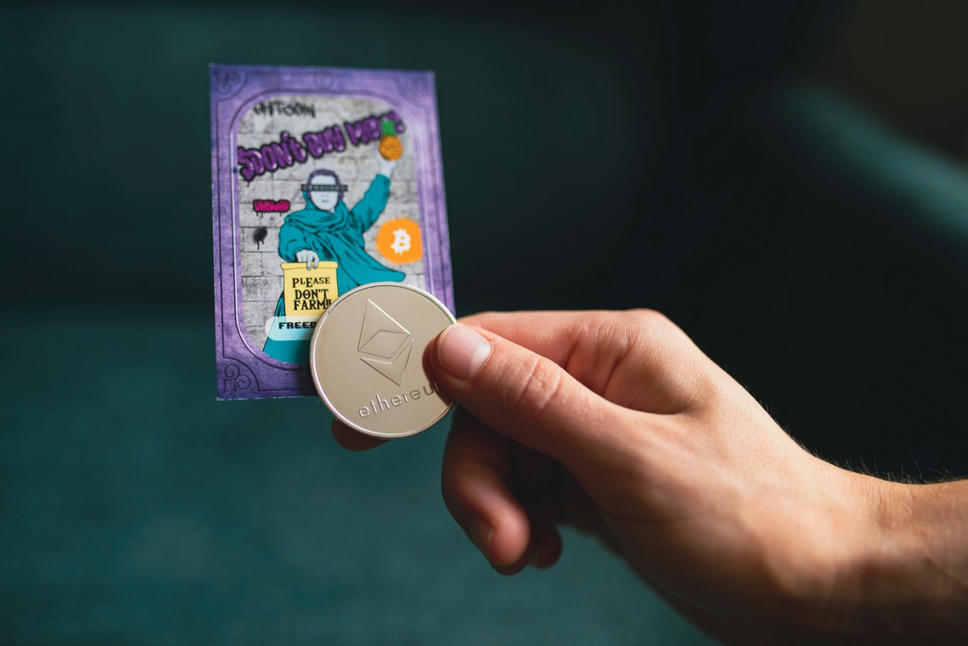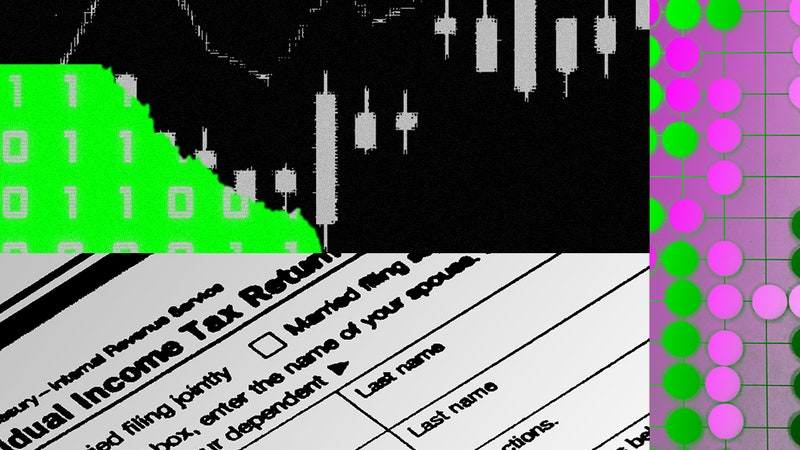La licorne Via rachète l’application Citymapper –
Dans la foulée du récent tour de financement de Via d’un montant de 110 millions de dollars, l’acquisition de Citymapper – dont le montant n’a pas été révélé – va permette de créer une infrastructure digitale end-to-end pour les systèmes de transport public. Via, société valorisée à 3,5 milliards de dollars, développe des solutions pour les villes et les agences de transport public afin qu’elles puissent planifier et exploiter efficacement leurs réseaux. De son côté, Citymapper est une application mobile utilisée par plus de 50 millions d’utilisateurs dans plus de 100 villes. Elle permet à ses utilisateurs de planifier un déplacement en fonction de différents critères : mode de transport en commun, heure d’arrivée, durée du voyage, coût, etc. La solution Citymapper sera intégrée à la plateforme logicielle TransitTech de Via et profitera ainsi aux clients professionnels de la société américaine. Citymapper continuera d’être disponible pour sa base d’utilisateurs dans le monde entier. Via prévoit d’étendre sa portée mondiale.










